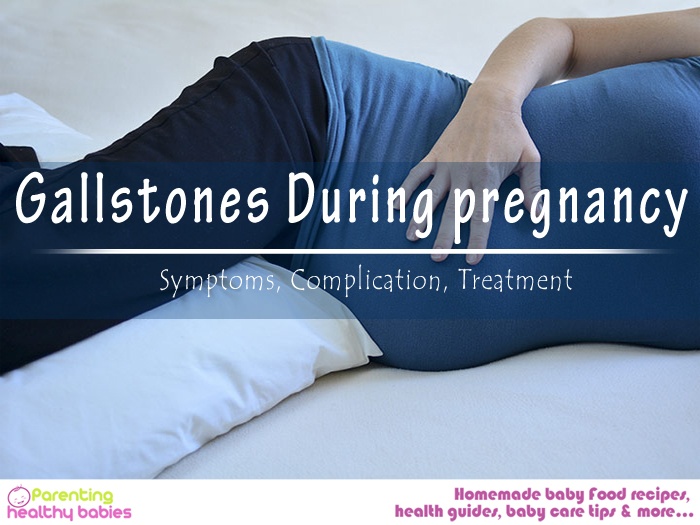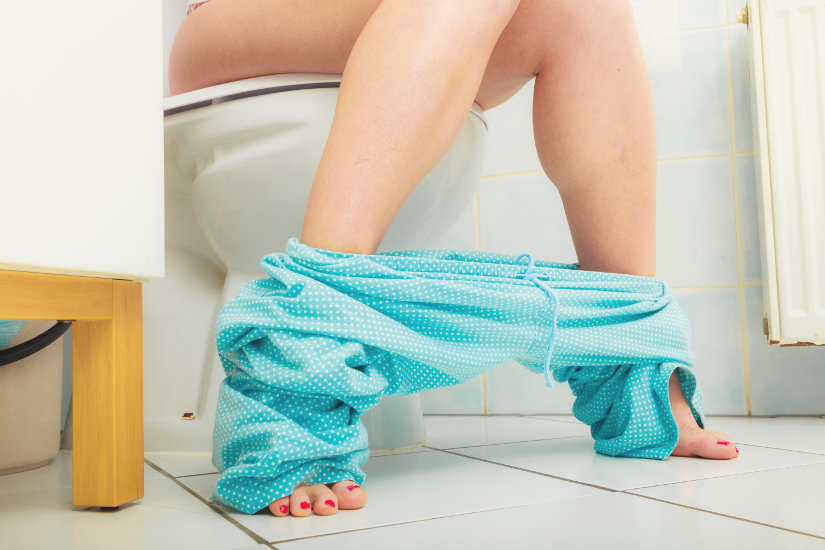There can be many reasons behind opting for artificial insemination. These include difficulty getting pregnant, the desire to be a single mother, and so on. Most people undergo artificial insemination procedures under the guidance of the doctor but if someone does not like the idea, there is the option of doing it at home as well.
Artificial insemination is a fertility treatment method used to deliver sperm directly to the cervix or uterus for pregnancy.
In this article:
What is it?
Who Choose at Home Insemination?
Materials Used
How to Perform?
Methods for Insemination
Success Rate
Benefits
Side Effects
All You Need to Know About Home Insemination
What is it?
The Turkey Baster was originally used as a home artificial insemination device, used by the women in the privacy of the room. Once the required semen sample is collected in a cup or bowl, it can be sucked up using the turkey baster. The next step involves inserting the baster into the vagina and squeezing the semen out. However, these days basters are not used, in fact, specialized syringes and home insemination kits are sold which can help in this process.
Who Choose at Home Insemination?
Home insemination was chosen was Turkey Baster. A doctor may recommend a couple pursue home insemination –
- After six months of having unprotected sex if a woman is older than age 35
- After a year of having unprotected sex if a woman is younger than age 35
Create a plan with a doctor before home insemination.
Materials Used
- Sterilized needles syringe
- Clean cup or bowl for keeping the semen
- Towels and pillows for cleanliness and comfort
- Anything to relax such as soothing music.
How to Perform?
- Collect the semen in the cleaned and sterilized cup or bowl. It is important that a condom is not used for this purpose as it can contain certain chemicals that are spermicidal.
- Pull the syringe plunger out, then push the air out of it. Now that a vacuum has been produced, dip the tip of syringe in the bowl with the semen in it.
- Suck as much of the semen can go through the syringe. If required add some medical saline in the bowl to extract any remaining semen.
- Remove any air bubbles formed in the syringe by gently tapping on the side. Then can slowly push the air out by pressing the plunger gently.
- Now, be in a comfortable position, as there will be no movement for the next thirty minutes.
- Keep a thick pillow below the wrist so the hips are at a higher position than the upper body.
- Gently insert the syringe into the vagina and start injecting the semen as slowly as possible. This is because the semen can escape the vagina if sprayed it too fast.
- Once all the syringes is entirely emptied, carry on with the daily activities.
Methods for Insemination
Most commonly, home inseminations are ICI procedures.
ICI is a type of artificial insemination which involves inserting sperm into the cervix. This is the passageway just outside the uterus. This approach can be used in a doctor’s office or at home. The steps of this process include –
- A woman will monitor the ovulation cycle using a calendar method, by taking temperature regularly. Sometimes, medications to induce ovulation and increase the likelihood a woman will release multiple eggs.
- A woman’s partner will donate sperm.
- Sperm will be inserted into the vagina using a syringe.
- A woman will typically be instructed to lie down for 15 to 30 minutes. This ideally allows the sperm to move up from the cervix into the uterus.
- A woman can return to regular activities.
Other method is IUI that involves sperm past the cervix and directly into the uterus but performed by doctor.
Success Rate
The factors responsible are –
- a woman’s age
- use of fertility medications
- underlying fertility concerns
Benefits
The benefit of at-home insemination is that a woman can be in the privacy of own home. The efficacy rate is slightly lower than what would happen with natural intercourse. For example, anecdotal evidence shows that the chances of getting pregnant with artificial insemination at home are around ten to fifteen percent per ovulation whereas with natural intercourse the chances are much higher between twenty to thirty percent.
Side Effects
The home insemination aren’t as regulated as are at a medical office. For this reason, it’s important that a woman or couple thoroughly discuss the procedure and its risks and benefits with the person performing the insemination. A home environment increases the risk of infection over a clinical environment.
Some women may experience some cramping or light bleeding following the procedure. Others may not experience any residual effects at all. When the procedure is performed in a sterile fashion, the risks for infection are minimal. However, it’s possible that a woman could experience a pelvic infection or inflammation after the procedure.
Some side effects associated with artificial insemination at home are –
- Not placing the sperm deep enough so that it reaches the cervix.
- Using unsanitary items or not cleaning the hands during the process.
- Not trying enough times, as it may not work the first time.
Conclusion
Contact the doctor for proper procedures. As risks are associated so do it carefully.
References













